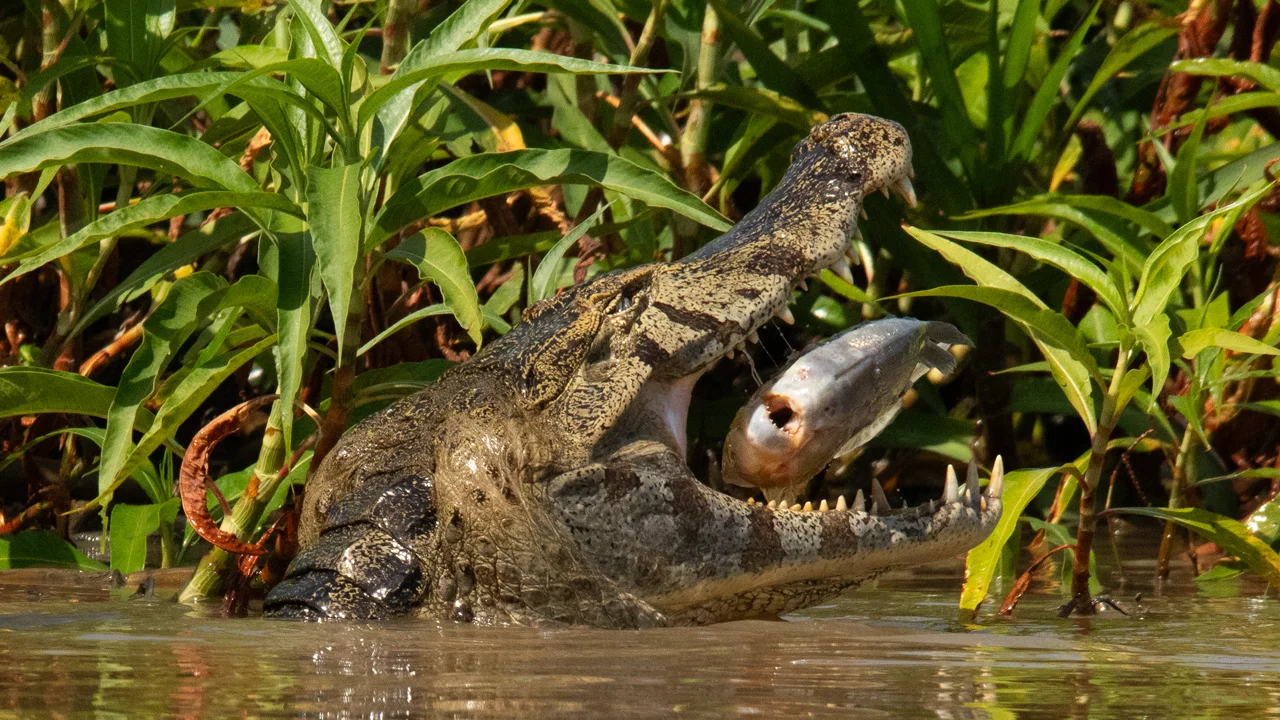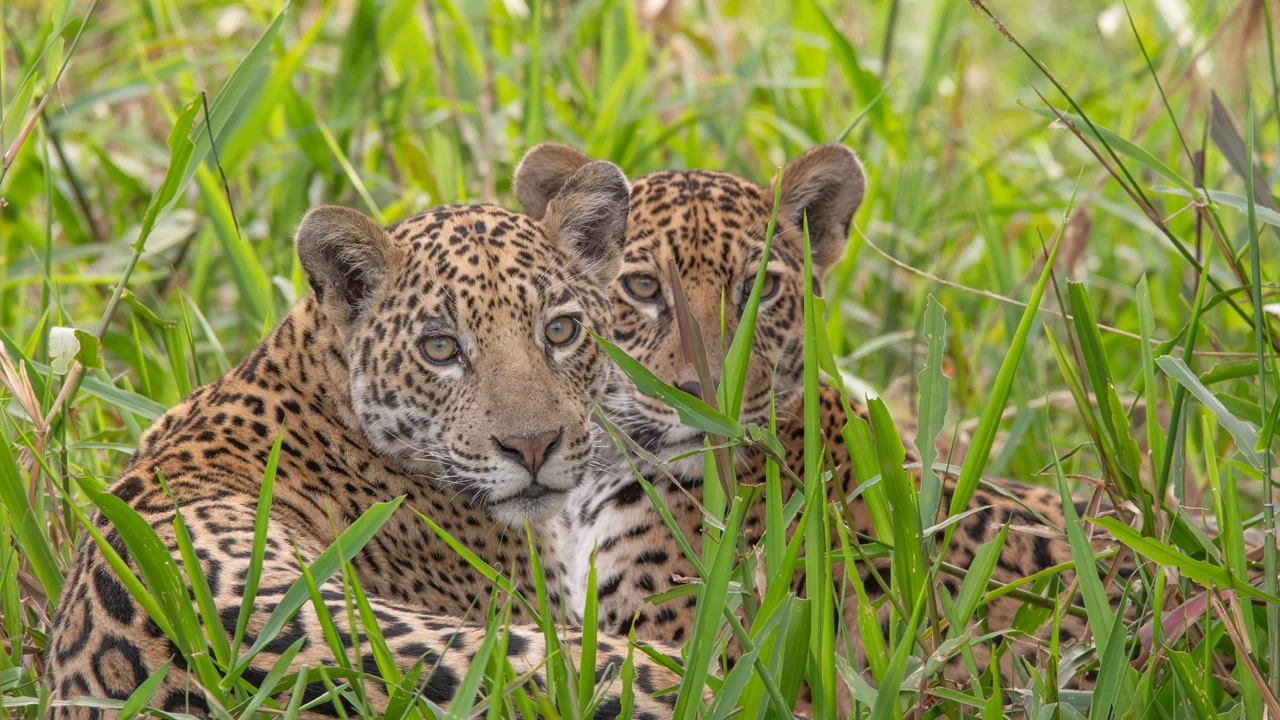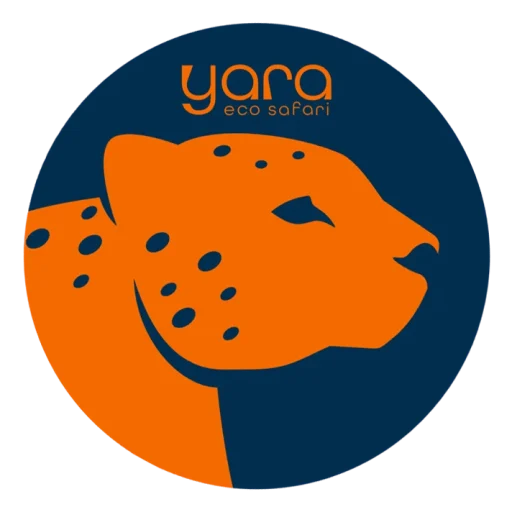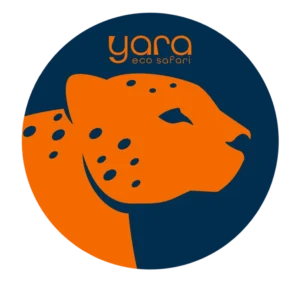For many wildlife photographers, the big-cat journey starts in East Africa—lions glowing in the Serengeti’s dawn. Then comes India, where Bengal tigers melt through Ranthambore’s ruins. Some head south to Patagonia to test their patience with the ghost-like puma on the steppe.
And then there’s the missing cat—the one that completes the set.
The jaguar.
That’s when the map points here, to Brazil’s Pantanal, the world’s largest tropical wetland and one of the most reliable places on Earth to see wild jaguars in daylight. This is where the last safari often becomes the best.
Why the Pantanal is the Jaguar Capital
While the Amazon Rainforest captures imaginations, it’s the Pantanal—a mosaic of seasonally flooded rivers, gallery forests, and savannas—that delivers visibility. Open banks and navigable channels create natural “wildlife stages,” turning boat safaris into front-row seats.
- The Pantanal is recognized by UNESCO as a Biosphere Reserve, highlighting its global importance.
- Conservation partners such as WWF-Brasil (wwf.org.br) and Panthera’s Jaguar Program (panthera.org) support habitat protection and research across the jaguar’s range.
- The Brazilian federal conservation agency (ICMBio) coordinates policy and science for protected areas across the country (gov.br/icmbio).
A Different Kind of Safari: By Boat, Not by Jeep
Most big-cat trips mean dusty roads and telephoto guesses through leaves. In the Northern Pantanal (around Porto Jofre and the confluence known as Encontro das Águas), you cruise. Boats drift quietly along river margins where capybaras, caimans, and giant otters share space with patrolling cats.
The result? Eye-level angles, steady platforms, and natural behavior unfolding without disturbance—ideal for ethical wildlife photography.
Related reading:
- How the river gives photographers an edge → From Tracking to Click: How We Find Jaguars on the River
- Planning your kit and clothing → What to Pack for a Water Safari in the Pantanal
The Final Cat—And Often the Best Shots
Jaguars in the Pantanal are apex predators that hunt caimans and capybaras—a spectacle few places can offer. Because individuals are photo-identified by their unique rosette patterns (a non-invasive method used by researchers), guides often know who you’re seeing and how they behave. That’s where science meets storytelling.
- Learn why naming aids conservation → Why Do Jaguars Have Names?
- Explore global big-cat science with Panthera’s jaguar initiative (panthera.org) and policy leadership from the Jaguar 2030 Roadmap partners (see UNDP: undp.org).
Seasonality, Light & Logistics (So You Nail the Shot)
- Best window for visibility: the dry season (June–October). Water levels recede, wildlife concentrates on river edges, and days offer consistent golden-hour light.
- Prime hours: early morning and late afternoon—cooler temperatures and active cats.
- Photography tips: A 100–400mm (or similar tele-zoom), a wide angle for habitat portraits, polarized sunglasses for glare, and a bean bag/monopod for boat stability.
For more info on wildlife photography, check this blog post: How to Photograph Jaguars in the Wild: Tips from Our Biologists
Ethics First: Photography Without Harm
The Pantanal’s success depends on responsible ecotourism. Ethical operators follow distance limits, avoid chasing, and prioritize animal welfare over angles. This aligns with global best practices promoted by NGOs and institutions:
- WWF-Brasil—wetland and species conservation: wwf.org.br
- Panthera—science-driven big-cat conservation: panthera.org
- Ramsar Convention on Wetlands—international protection for wetlands like the Pantanal: ramsar.org
- IUCN (status & guidance for Panthera Jaguar): iucnredlist.org
Related reading: Sustainable Safaris: Can You Photograph Wildlife Without Harming It?
More Than Jaguars: A Biodiversity Bonanza
Even before your first big-cat sighting, you’ll likely fill cards with:
hyacinth macaws (Anodorhynchus hyacinthinus), jabiru storks, toucans, giant anteaters, howler monkeys, ocelots, and anacondas. For birds alone, the Pantanal hosts 650+ species—a paradise for birdwatching in Brazil.
Support and learn more with the Instituto Arara Azul (Hyacinth Macaw Project): institutoararaazul.org.br and Brazil’s bird conservation partner SAVE Brasil: savebrasil.org.br.
Related reading:
- Why the Pantanal Is the Best Wildlife Photography Destination You’ve Never Heard Of
- Birdwatching in the Pantanal & Atlantic Forest
Why the Pantanal Often Becomes “The One You Remember”
Ask photographers who “completed” Africa + India + Patagonia and many will tell you: the Pantanal changed how they shoot. The quiet approach by water, the natural behavior on open banks, and the ability to follow individual jaguars by identity make this not just the last safari—but the most intimate.
Cross-link for your readers finishing their big-cat quest:
- The Big Cat Bucket List: Why Jaguars Are the Final Frontier
- And for Brazil vs. Brazil comparisons: Why the Northern Pantanal (Not the Amazon) Is the Ultimate Place to See Wildlife
Learn, Support, Go
If you care about jaguars, wetlands, and climate-resilient ecosystems, the Pantanal is where travel and conservation meet. Read, donate, share—and come see it with your own eyes, ethically.
Further learning & advocacy:
- UNESCO Biosphere Reserve – Pantanal: en.unesco.org/biosphere/lac/pantanal
- WWF-Brasil (Pantanal & species): wwf.org.br
- Panthera – Jaguar Conservation: panthera.org/initiative/jaguar-initiative
- Ramsar – Wetlands of International Importance: ramsar.org
ICMBio – Brazilian federal conservation agency: gov.br/icmbio






